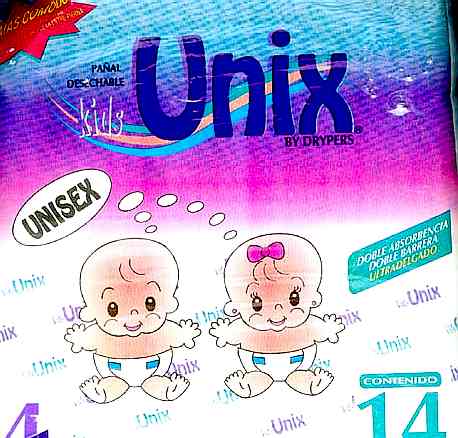

| Main index | Section 1 | 日本語 | Deutsch | Options |
PAM is used to set the policy su(1) will use. In particular, by default only users in the "wheel" group can switch to UID 0 ("root"). This group requirement may be changed by modifying the "pam_group" section of /etc/pam.d/su. See pam_group(8) for details on how to modify this setting.
By default, the environment is unmodified with the exception of USER, HOME, and SHELL. HOME and SHELL are set to the target login's default values. USER is set to the target login, unless the target login has a user ID of 0, in which case it is unmodified. The invoked shell is the one belonging to the target login. This is the traditional behavior of su. Resource limits and session priority applicable to the original user's login class (see login.conf(5)) are also normally retained unless the target login has a user ID of 0.
The options are as follows:
| | |
| Use the settings of the specified login class. The login class must be defined in login.conf(5). Only allowed for the super-user. | |
| | |
| If the invoked shell is csh(1), this option prevents it from reading the " .cshrc" file. | |
| | |
| Simulate a full login. The environment is discarded except for HOME, SHELL, PATH, TERM, and USER. HOME and SHELL are modified as above. USER is set to the target login. PATH is set to " /bin:/usr/bin". TERM is imported from your current environment. Environment variables may be set or overridden from the login class capabilities database according to the class of the target login. The invoked shell is the target login's, and su will change directory to the target login's home directory. Resource limits and session priority are modified to that for the target account's login class. | |
| - |
(no letter) The same as
|
| | |
| Leave the environment unmodified. The invoked shell is your login shell, and no directory changes are made. As a security precaution, if the target user's shell is a non-standard shell (as defined by getusershell(3)) and the caller's real uid is non-zero, su will fail. | |
| | |
| Set the MAC label to the user's default label as part of the user credential setup. Setting the MAC label may fail if the MAC label of the invoking process is not sufficient to transition to the user's default MAC label. If the label cannot be set, su will fail. | |
The
If the optional args are provided on the command line, they are passed to the login shell of the target login. Note that all command line arguments before the target login name are processed by su itself, everything after the target login name gets passed to the login shell.
By default (unless the prompt is reset by a startup file) the super-user prompt is set to " amp;#" to remind one of its awesome power.
| HOME | Default home directory of real user ID unless modified as specified above. |
| PATH | Default search path of real user ID unless modified as specified above. |
| TERM | Provides terminal type which may be retained for the substituted user ID. |
| USER | The user ID is always the effective ID (the target user ID) after an su unless the user ID is 0 (root). |
| /etc/pam.d/su | |
| PAM configuration for su. | |
| su -m operator -c poweroff | |
|
Starts a shell as user
operator,
and runs the command
poweroff.
You will be asked for operator's password unless your real UID is 0.
Note that the
| |
| su -m operator -c 'shutdown -p now' | |
|
Same as above, but the target command consists of more than a
single word and hence is quoted for use with the
| |
| su -m -c staff operator -c 'shutdown -p now' | |
|
Same as above, but the target command is run with the resource limits of
the login class
"staff".
Note: in this example, the first
| |
| su -l foo | |
| Simulate a login for user foo. | |
| su - foo | |
| Same as above. | |
| su - | Simulate a login for root. |
| SU (1) | March 26, 2020 |

| Main index | Section 1 | 日本語 | Deutsch | Options |
Please direct any comments about this manual page service to Ben Bullock. Privacy policy.
